Data transfer costs in cloud computing refer to the fees associated with moving data within and between cloud services, across different regions, or from the cloud to on-premises environments. These costs are typically calculated based on the volume of data transferred and the distance it travels.
How Does Data Transfer Costs Work
Several factors influence data transfer costs in cloud environments:
Volume of Data
The cost of data transfer typically escalates with the volume of data being moved. Providers often charge per gigabyte transferred, making large data transfers more expensive. These costs can become a substantial part of the cloud budget for organizations dealing with significant amounts of data, such as those in media, analytics, or data backup services.
Transfer Type
Most cloud providers differentiate between inbound (uploading data to the cloud) and outbound (downloading data from the cloud) data transfers. Inbound transfers are usually free or cost significantly less than outbound transfers, which are typically more expensive due to the bandwidth required.
Understanding these distinctions is crucial for budgeting, as outbound data transfers can quickly become a major expense, especially when external services or users frequently access data.
Geographical Regions
Costs vary when data is transferred between data centers in different geographical locations. Due to higher operational and infrastructure costs, transferring data across regions is typically more expensive than within the same area.
Optimization Strategy
To minimize these costs, organizations can strategize data storage and access by keeping data as close as possible to where it is most frequently accessed, thereby reducing the need for costly cross-region transfers.
Importance of Data Transfer Costs
Understanding and managing data transfer costs is crucial for several reasons:
- Data transfer costs can be among the most significant for companies utilizing cloud services, mainly if their operations involve large-scale data movements, such as digital media streaming or frequent data backups across regions.
- Accurately forecasting and managing these costs is essential for maintaining budget predictability and avoiding surprises in billing cycles.
- By understanding the factors that drive data transfer costs, organizations can implement strategies such as data localization, choosing the suitable regions for their servers, and optimizing the times when data is transferred (e.g., during off-peak hours).
- Effective management of data transfer costs ensures that resources are used efficiently, aligning data flow with business needs and minimizing unnecessary expenditures.
Types of Data Transfer Costs
- Inbound Data Transfer: Costs related to data incoming to the cloud. Often free, but policies vary by provider. There is usually a free or minimal cost for bringing data into cloud services.
- Outbound Data Transfer costs are the costs for data exiting the cloud. They are generally higher than inbound and vary significantly across regions and providers. Typically, it incurs fees, especially when data is transferred to different areas or out of the cloud provider’s network.
Best Practices for Managing Data Transfer Costs
Optimize Data Flow
Develop a strategic method for data architecture by keeping data movements to a minimum, especially costlier cross-regional transfers.
Design systems with data locality in mind, ensuring data is stored and processed close to its primary user base or application to avoid unnecessary transfers.
Use Content Delivery Networks (CDNs)
Implement CDNs to cache static content closer to the end users. This reduces the need to fetch data from the origin server across regions, reducing long-distance data transfer costs.
CDNs help reduce costs and improve the loading times of websites and applications, leading to a better user experience.
Monitor Usage Patterns
Regularly monitoring and analyzing data transfer logs can help identify patterns or unexpected spikes in data usage, which can signify inefficiencies or potential security issues. By understanding these patterns, organizations can adjust their cloud usage strategies, optimize data flows, and potentially lower data transfer costs.
Challenges in Managing Data Transfer Costs
- Variability in Costs: Cloud providers typically have complex and varied pricing structures for data transfers, which can vary not just by volume but also by region and the type of transfer. This variability makes accurate budgeting and forecasting challenging.
- Keeping Up with Changes: Staying informed about changes in pricing models or the introduction of new services and discounts by cloud providers is crucial to managing costs effectively.
- Policy and Region-Driven Changes: Data transfer costs can fluctuate significantly due to changes in cloud provider policies, regional regulatory changes, or shifts in the geographic distribution of data and services.
- Volume Sensitivity: As the volume of data transferred increases, so does the cost. High-data volume industries, such as streaming services, often face challenges in controlling these costs without sacrificing service quality.
Conclusion
Data transfer costs are a significant aspect of cloud computing expenses. Effective management involves regularly understanding and optimizing data flows and providers’ pricing models and monitoring usage to prevent budget overruns. Organizations can significantly reduce these costs and enhance cloud efficiency by adopting strategic measures to minimize unnecessary data transfers and utilizing technologies like CDNs.

